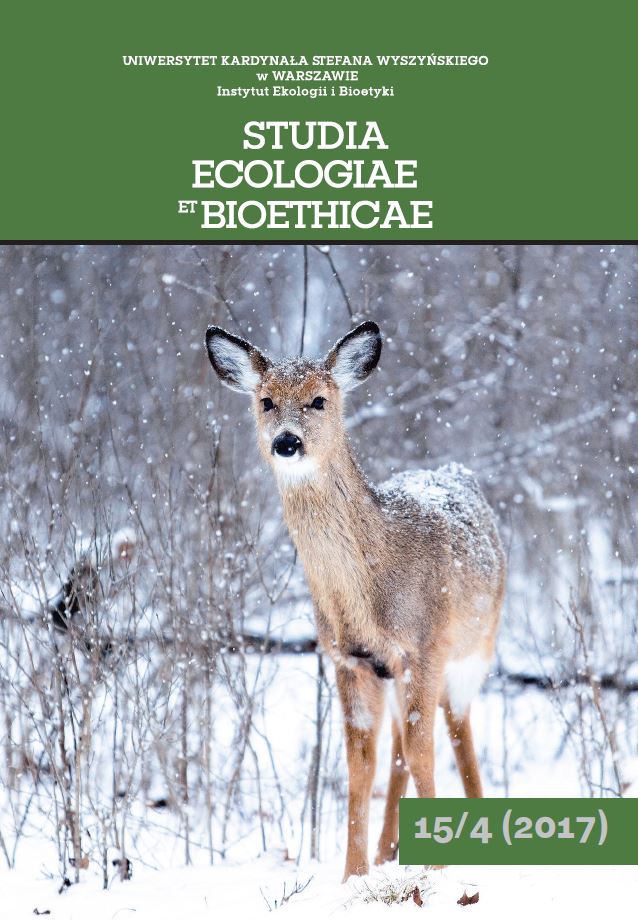Which species of small mammals tolerate highly urbanized areas – the study in Warsaw agglomeration and surroundings
Which species of small mammals tolerate highly urbanized areas – the study in Warsaw agglomeration and surroundings
Author(s): Grzegorz Lesiński, Jakub Gryz, Dagny Krauze-Gryz, Jerzy Romanowski, Przemysław StolarzSubject(s): Agriculture, Energy and Environmental Studies, Environmental Geography
Published by: Wydawnictwo Naukowe Uniwersytetu Kardynała Stefana Wyszyńskiego w Warszawie
Keywords: Rodentia; Soricomorpha; urbanization; urban green areas; habitat fragmentation
Summary/Abstract: The degree of penetration of urban habitats by small terrestrial mammals was studied in Warsaw agglomeration and in adjacent areas up to 50 km from the city centre. Study material consisted of pellets of the tawny owl Strix aluco collected in 85 sites, which contained 15,152 remains of individuals of small mammals. The species that penetrated city agglomeration most intensively were: Apodemus agrarius, Mus musculus, Talpa europaea, Rattus norvegicus and Microtus subterraneus. Most central sites of these species were situated 1.3–2.3 km from the city centre. Microtus agrestis, Mustela nivalis, Arvicola amphibius, Neomys fodiens, Muscardinus avellanarius and Sicista betulina showed the lowest degree of penetration of an urban agglomeration (sites closest to the city centre: 8.2, 8.6, 8.6, 11.2, 17.8 and 20.2 km, respectively). Species, whose share among the owls’ prey decreased most with the distance from the city centre, were: A. agrarius and T. europaea. The reverse pattern was found for M. agrestis and M. avellanarius. Small terrestrial mammals are sensitive to the proceeding urbanization and the central part of Warsaw agglomeration is penetrated by only 1/3 of species of the local fauna.
Journal: Studia Ecologiae et Bioethicae
- Issue Year: 15/2017
- Issue No: 4
- Page Range: 5-13
- Page Count: 9
- Language: English

